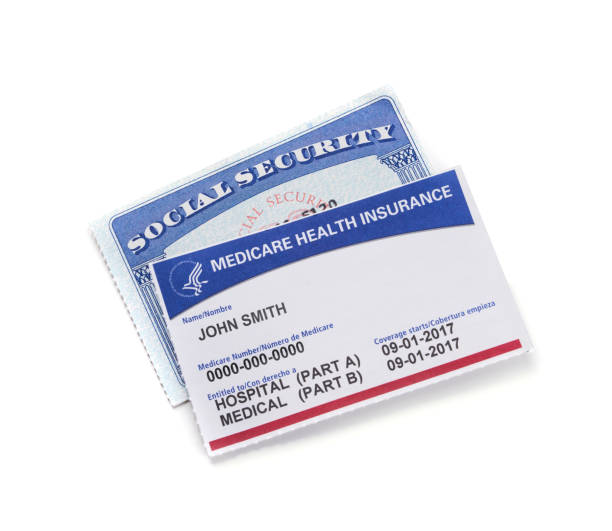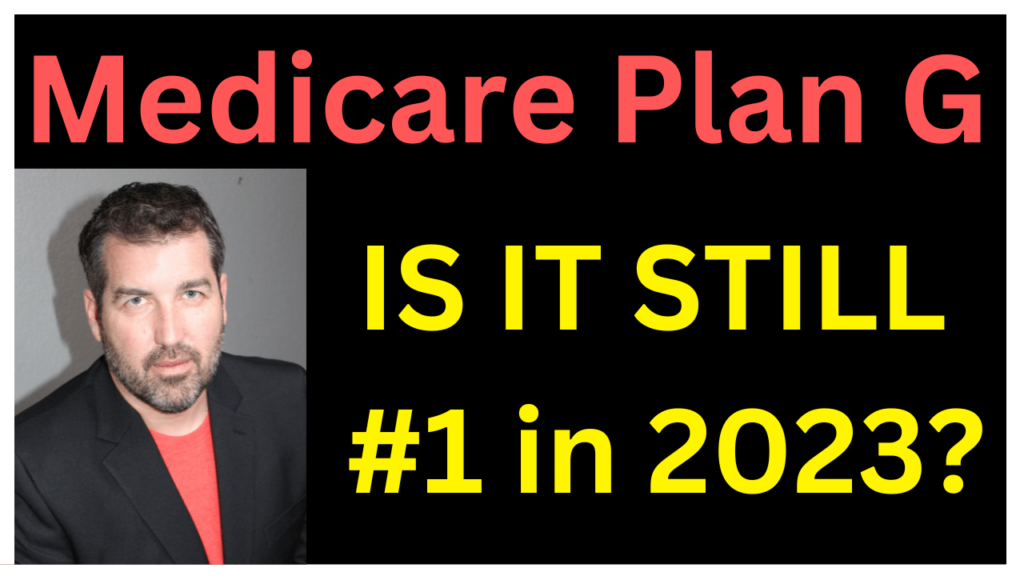
Medicare is a government-sponsored health insurance program that provides coverage for people who are 65 or older, as well as some younger people with disabilities. One of the questions that many people have about Medicare is how much is taken out of their Social Security benefits to pay for it. In this article, we will explore the various costs associated with Medicare and how it is funded.
Medicare Part A Costs
Medicare Part A covers inpatient hospital care, skilled nursing facility care, hospice care, and some home health care services. For most people, there is no monthly premium for Medicare Part A, as they or their spouse have paid into the Medicare system during their working years. However, there is a deductible for hospital stays, which changes every year. In 2023, the Medicare Part A deductible is $1,588.
Medicare Part B Costs
Medicare Part B covers doctor’s visits, outpatient care, and other medical services. The cost of Medicare Part B varies depending on income. In 2023, the standard monthly premium for Medicare Part B is $170.10. However, some people may pay more if their income is above a certain threshold.
Medicare Part C Costs
Medicare Part C, also known as Medicare Advantage, is an alternative to traditional Medicare. It is provided by private insurance companies and includes all the benefits of Medicare Parts A and B, as well as additional benefits such as dental and vision coverage. The cost of Medicare Part C varies depending on the plan and the insurance company offering it.
Medicare Part D Costs
Medicare Part D covers prescription drug costs. Like Medicare Part B, the cost of Medicare Part D varies depending on income. In 2023, the average monthly premium for Medicare Part D is $44.67. However, some people may pay more or less depending on the plan they choose and their income.
Funding for Medicare
Medicare is funded through a combination of sources, including payroll taxes, premiums paid by beneficiaries, and general revenue from the federal government. The payroll tax for Medicare is 2.9%, split between the employee and the employer. Self-employed individuals pay the entire 2.9% themselves. In addition to the payroll tax, beneficiaries may also pay premiums for Medicare Parts B and D.
Medicare is a complex program with many different costs associated with it. While there is no simple answer to how much is taken out of Social Security for Medicare, it is important to understand the various costs and how the program is funded. By knowing this information, you can make informed decisions about your healthcare and budget accordingly.


